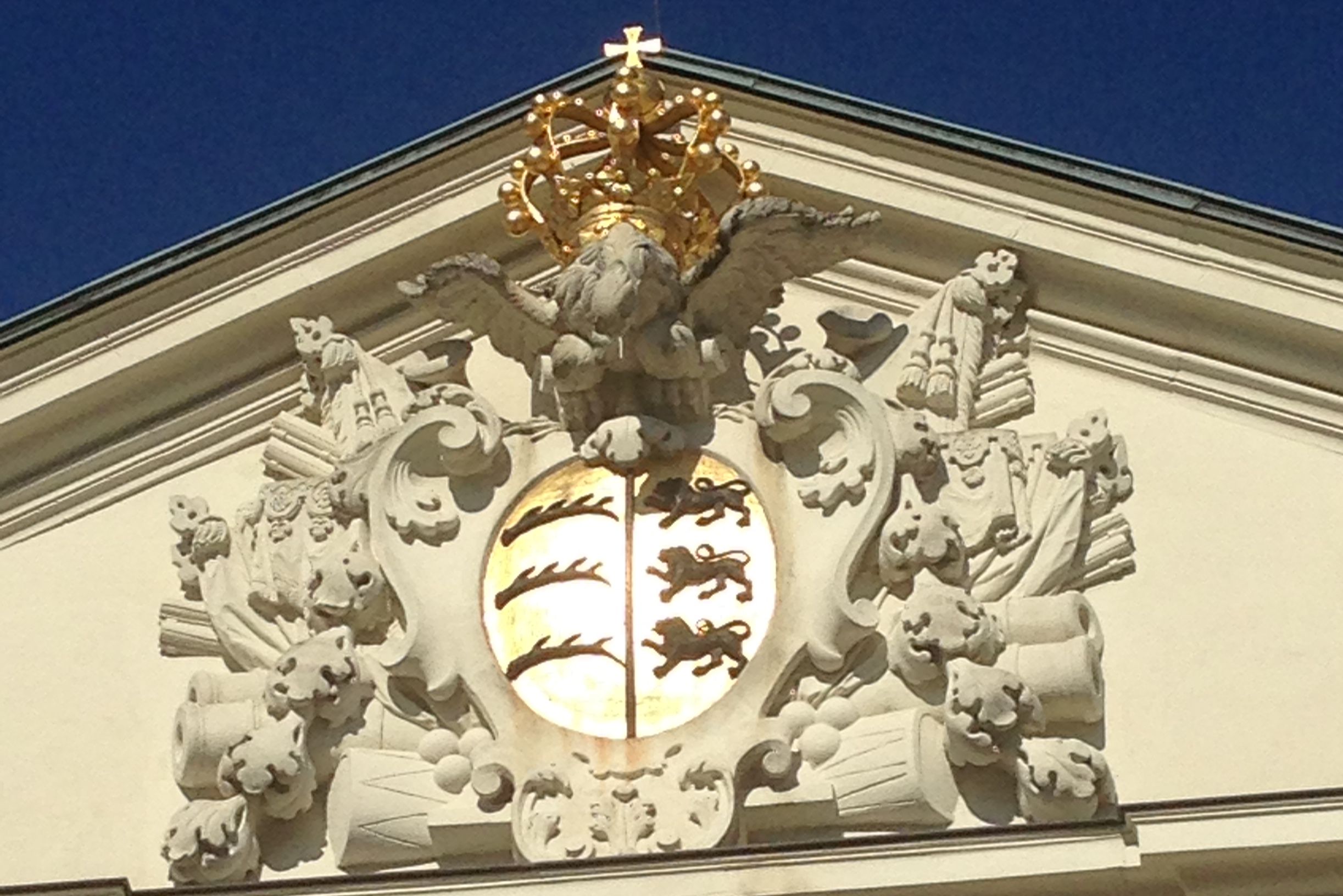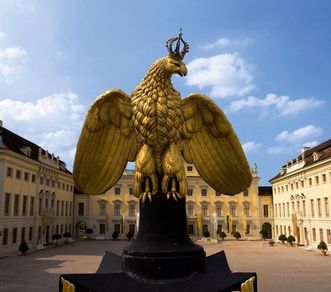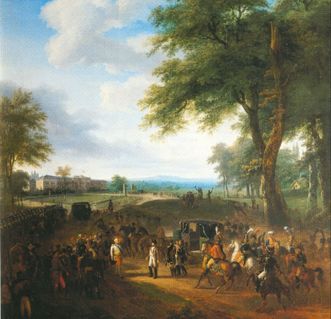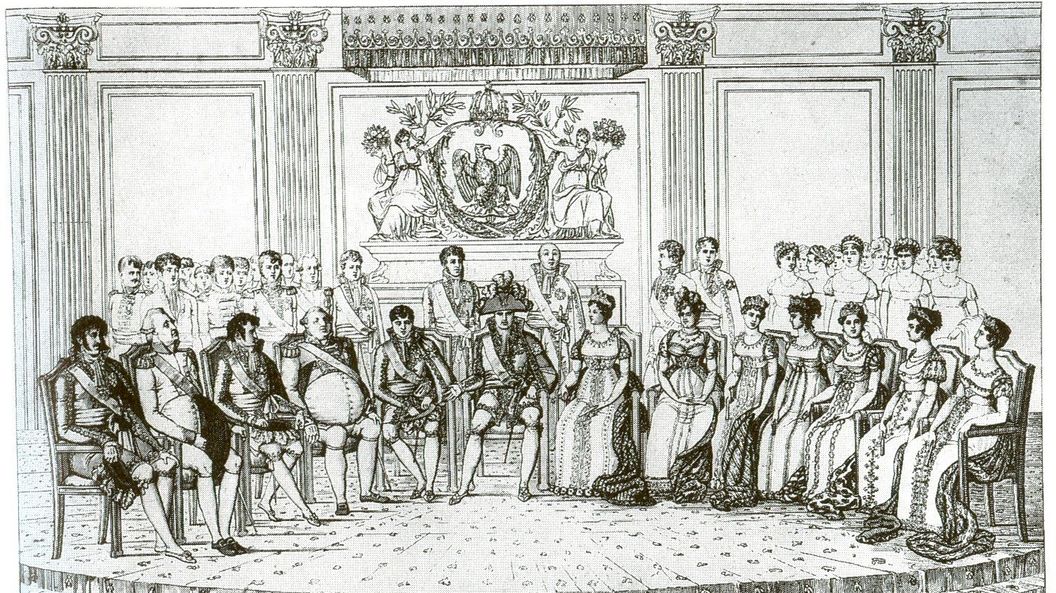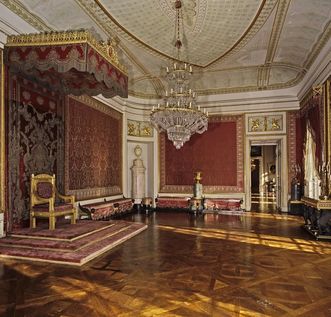A failed coalition
After the French Revolution broke out, other European monarchies formed coalitions against the republican developments in France. In 1799, Württemberg formed a coalition with Austria against Napoleon Bonaparte; however, by 1800, Bonaparte had already defeated them. The French occupied Württemberg and Duke Friedrich II was forced to surrender to Napoleon. He first aligned himself with France in the Treaty of Lunéville.



